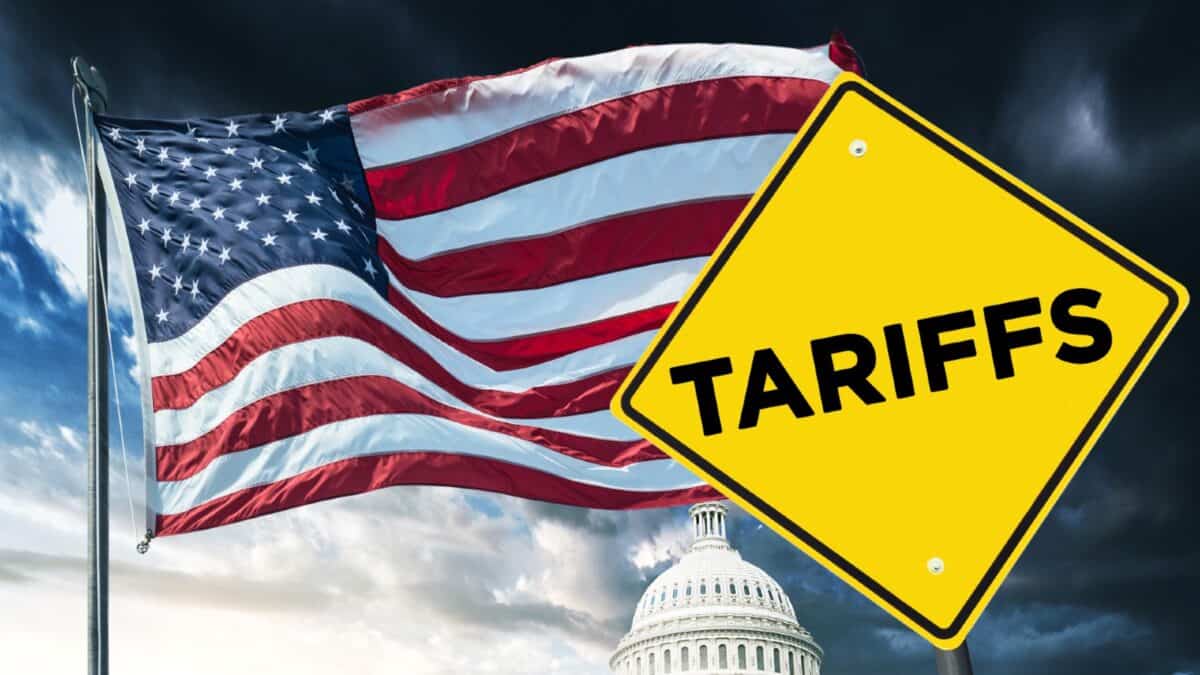
Image Source: Getty Images
Wow, what a week (and month) is for stocks. After hitting record highs in February, the stock market plunged into fears of a new trade war. Even after the big bound on Thursday (April 10th) FTSE 100 The index decreases by 6.3% per week and 7.6% per month. Meanwhile, the United States S&P 500 We reduced the number by 0.4% and 6.2% over these periods, respectively.
My family’s portfolio focuses on US and UK stocks, so I need some hard knocks. Certainly, some of our holdings have fallen fast so far, I am stumped by these recent market movements.
My biggest FTSE Forlers
Today I have created a list of the 20 largest FTSE 100 waterfalls in the past month. Unfortunately, I found four holdings of family blue chips on this list of laguards and losers. Here they are (sorted from the biggest price to the smallest drop in the past month):
| company | work | Market value (£bn) | One month | A year | 5 years |
| Barclays | bank | 37.6 | -19.1% | 27.9% | 147.6% |
| BP | Energy | 55.4 | -19.5% | -35.6% | -0.8% |
| Glencore | minor | 30.2 | -25.4% | -49.6% | 64.6% |
| Anglo-American | minor | 25.5 | -25.9% | -19.5% | 20.7% |
Two of these worst stocks come from the same sector. It’s mining. Miners, oil, gas and bank stocks are all being assaulted as Trump’s trade tariffs are projected to cause a global economy slowdown. In fact, the broad list of losers in footsy over the course of a month is dominated by companies in the financial and commodity sector.
Of course, the reason for the sudden drop in stock prices is President Trump’s threat of heavy trade tariffs on imports into the US. Sadly, the US has attempted this kind of trade/customs war previously. The most notable are 1828 (the “hate tariffs”) and 1930 (the tariffs of Smoot Holy). Both contributed to the long and deep American recession, including the Great Repression that began with the Wall Street crash in October 1929.
And when the US economy sneezes, other countries usually have colds. Therefore, within two months of the stock market reaching record highs, stocks around the world were sluggish.
I like the look of Berkeley
As mentioned before, my wife and I own all four stumbling stocks above. I’m wary of buying merchandise related stocks amid the current chaos, so three of these slumpies are not for me now.
But I can’t see the Big British Bank Barclays (LSE: BARC) Absurd suffering from US trade tariffs. As I write (April 11), Barclays’ stock price is 258.4p, valuing Blue Eagle Bank at £37.1bn. At the highest level in a year, this stock has suddenly fallen from the top as it hit 316p.
After this latest set-off, this FTSE shares trade at just 7.4 times the revenue multiple, generating a revenue yield of 13.5% per year. Therefore, the annual bank dividend yield of 3.3% is covered by trailing revenues by 4.1 times. To me, this provides a big security margin and gives me the confidence that future cash payments are similar or even higher.
Again, there is nothing certain in the financial market, such as future dividends. Also, if this stock market continues, Barclays’ investment bank revenues could plummet. And the UK recession could raise loan losses and bad debts. Still, I’m not going to sell this FTSE 100 shares at the current price level!







